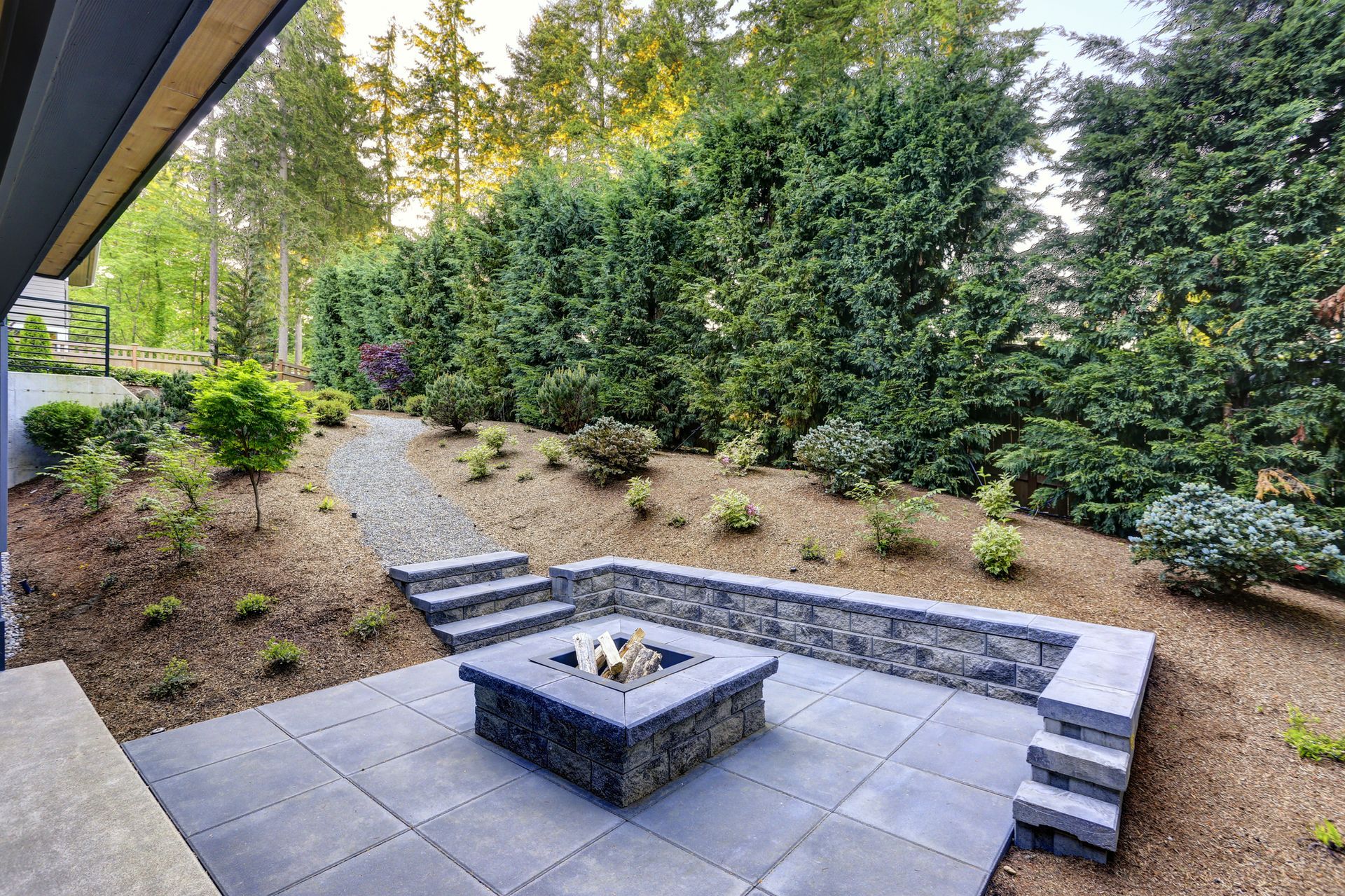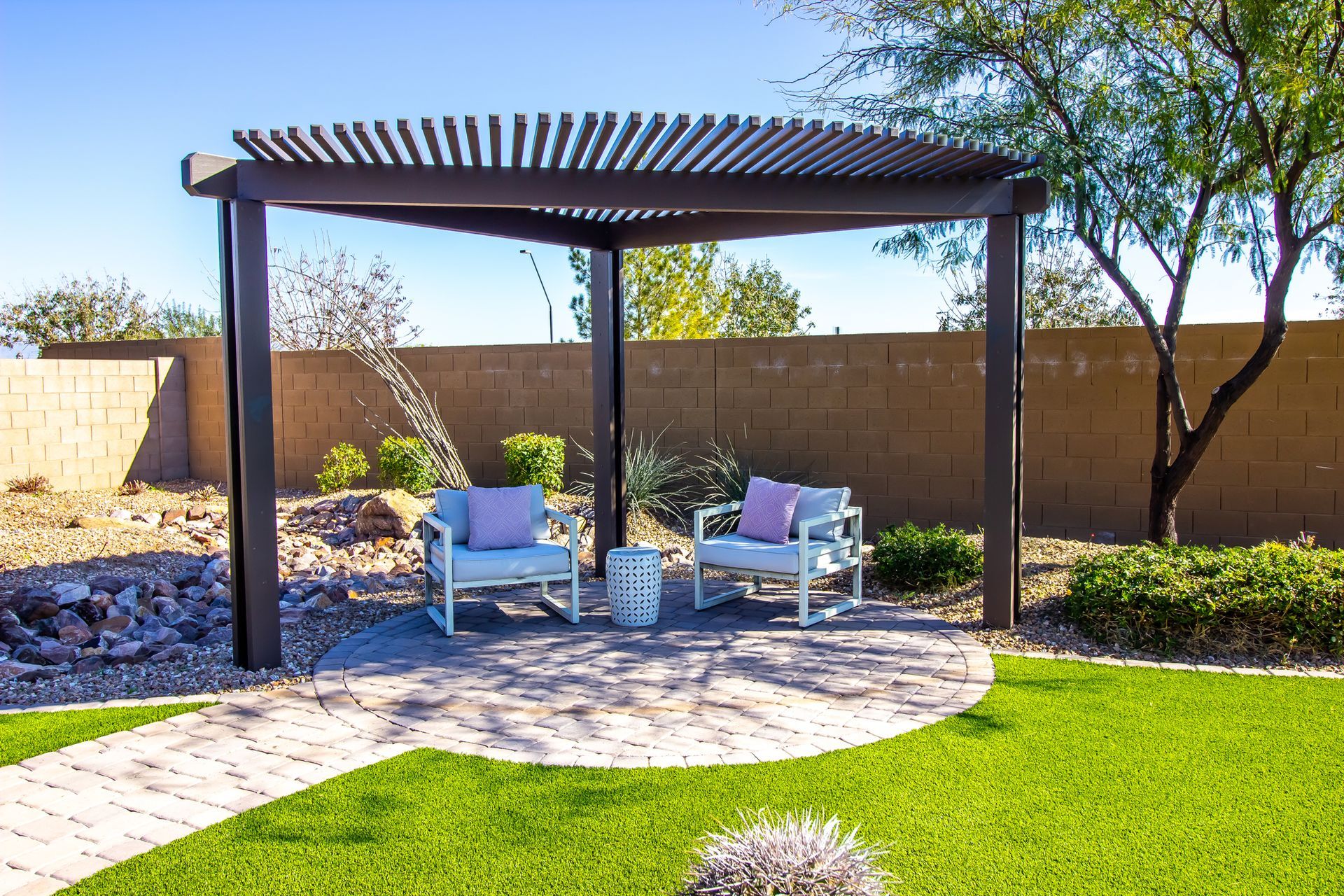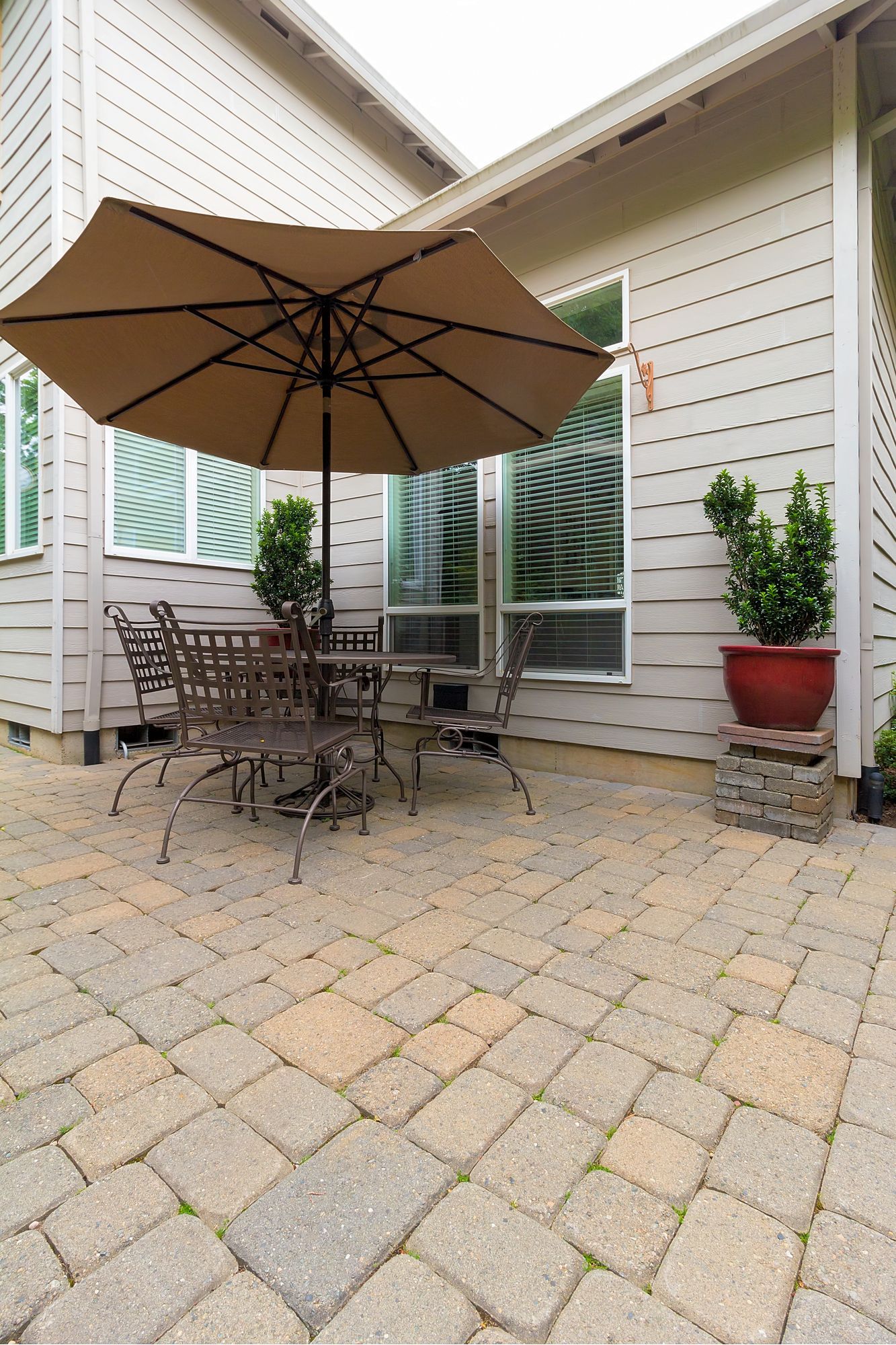An In-depth Look In Discovering the Three Major Landscape Types
Landscapes can be described using a variety of terms, but the three most commonly accepted types are natural, urban, and rural.
As landscape experts or consultants, it is important to understand how each type functions in order to create an effective strategy for achieving desired outcomes.
Contact Us
We will get back to you as soon as possible.
Please try again later.
Understanding these different landscapes can help people achieve meaningful connections with their environment while simultaneously creating spaces that add value to their surroundings.
The following article will explore the characteristics of each type of landscape and provide insight into how they interact with one another. This knowledge offers valuable guidance as we work together to develop successful strategies for designing outdoor areas that enrich our lives and contribute positively to our communities.
Natural Landscapes
The beauty of nature is unrivaled, and landscapes are no exception. From mountainous terrain to lush rainforests, there are a variety of natural habitats that capture the eye with awe-inspiring grandeur.
There are three major types of natural landscapes: alpine, tropical, and temperate.
- Alpine landscapes feature steep elevations and rugged mountain ranges, such as the Alps in Europe or the Rocky Mountains in North America. These areas often have snowcapped peaks, glaciers, and wide, open meadows full of wildflowers. At higher altitudes, temperatures drop dramatically, leading to specialized ecosystem dynamics adapted for survival at extreme heights. Land conservation efforts also play an important role in preserving these unique environments so future generations can enjoy them too.
- Tropical regions tend to experience hot and humid climates year-round, with abundant rainfall creating dense forests filled with vibrant flora and fauna species. These areas boast some of the most diversely populated ecosystems on earth, where nurturing conditions support complex food webs that provide sustenance for countless animals and plants alike. Conservation efforts here must focus on maintaining a delicate balance between human activity and the preservation of vulnerable wildlife populations inhabiting these lands.
- Temperate climates exist primarily within mid-latitudinal regions, featuring warm summers and mild winters characterized by deciduous vegetation that flourishes during springtime blooms before dropping its leaves in the autumn months. The moderate weather found here makes it ideal for outdoor recreation activities while still offering plenty of sights to explore, including forest preserves teeming with life from small mammals to majestic birds soaring through tranquil skies above.
Urban Landscapes
Urban landscapes are a distinct type of natural landscape that has evolved over time. Cities and towns, with their unique architecture and infrastructure, have created an atmosphere unlike any other. City planning plays a major role in shaping these urban environments by providing public spaces for citizens to meet, interact, and enjoy the outdoors.
- Urban parks and greenways provide areas of respite from city life while allowing people to connect with nature.
- Trees, shrubs, and flowers create inviting places where families can relax or take part in recreational activities such as biking or picnicking.
- Pedestrian pathways encourage walking, jogging, or simply taking in the sights and sounds of the city streets.
The challenge lies in creating vibrant urban landscapes that are both welcoming and sustainable for future generations. Architects must design buildings that are energy-efficient yet aesthetically pleasing; planners must develop thoughtful strategies for managing growth without sacrificing green space; and engineers must ensure safe access to all parts of the cityscape. All aspects need to be considered when crafting effective solutions for promoting healthy cities around the world.
Rural Landscapes
Rural landscapes are an awe-inspiring spectrum of colors and textures. From the rolling hills of farmland to the majestic peaks of mountain ranges, rural landscapes can be a breathtaking sight that captures both the imagination and the heart of every person who beholds them. Embedded in these beautiful vistas is also evidence of centuries of work by agriculturalists and rural communities who have used their knowledge and skills to shape nature into something sustainable for generations to come.
A closer look at rural landscapes reveals just how much human impact has shaped the environment over time. Agricultural production provides sustenance for people all over the world and helps sustain local economies. Crops, livestock, greenhouses, vineyards, orchards—all require careful planning and management by farmers to ensure they meet their needs as well as those from other regions, such as food processors and wholesalers supplying supermarkets with produce on a large scale.
The same care must go into managing natural resources like water sources and forests to prevent soil erosion, hazards caused by flooding or landslides, air pollution due to burning fossil fuels, disruption from construction activities, noise from traffic or industrial operations, as well as habitat loss due to urbanization.
Rural communities therefore play an essential role in protecting their environments while meeting their economic goals through good stewardship practices that involve understanding complex ecological processes.
Interaction Of Landscapes
Rural landscapes have a long and varied history with many different land uses. From pastoralism to agricultural production, these lands are integral to providing food and resources for humans. However, human interaction can also cause disruption and instability in rural areas. In the face of climate change and increasing population pressures, there is an urgent need to consider how we interact with these landscapes and ensure their future sustainability.
There are three distinct types of landscape that must be considered when it comes to interactions: natural landscapes, managed or cultivated landscapes, and urban landscapes. Natural landscapes consist of semi-natural habitats such as woodlands or grasslands that remain largely unaffected by human activities.
Managed or cultivated landscapes include fields used for crop production as well as smallholdings used for animal husbandry or forestry operations. Urban environments typically involve large concentrations of people living within cities, townships, or villages, which require efficient management systems to provide services such as water supply and sanitation.
In order to manage our relationship with the environment effectively, it is important to understand the specific characteristics of each type of landscape, including its biodiversity value and potential vulnerability to impacts from climate change, land use changes, and conservation practices.
Furthermore, effective monitoring systems should be established so that any potential risks posed by changing climatic conditions can be identified early on before they become unmanageable problems requiring expensive mitigation measures at a later date. By taking proactive steps today, we can protect our valuable rural landscapes into the future.
Discover More About Your Landscape with Tucson Pavers
The three types of landscape are natural, urban, and rural. Natural landscapes feature lush vegetation, undisturbed terrain, and a wide variety of wildlife that has adapted to the area's climate and geography. Urban landscapes consist of human-made structures such as buildings, roads, parks, and other man-made features. Rural landscapes offer open fields, forests, streams, and rolling hills, with farms scattered throughout the land.
All these different environments interact with one another in various ways, creating an ever-changing landscape full of beauty and life. From majestic mountain peaks to flowing rivers, from bustling cities to peaceful countryside, each type of landscape creates its own unique atmosphere for us to explore and appreciate.
With careful planning, we can ensure that all three types of landscape are able to coexist harmoniously in our world today so that future generations may continue to enjoy them for years to come. Learn more with Tucson Pavers and
get your free estimates today!
You might also like
Tucson Pavers & Patios Blog & News
Book a Service Today
We will get back to you as soon as possible
Please try again later
Navigation
Services
Working hours
- Mon - Wed
- -
- Thu - Sat
- -
- Sunday
- -









